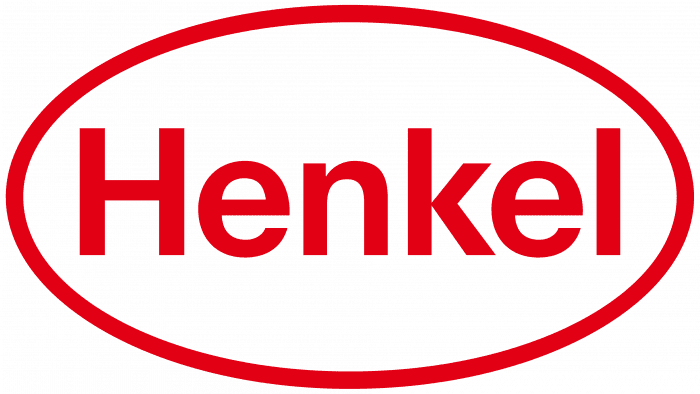The WeWork logo stands out for its business-like nature, representing a company that provides a workspace for networking in real and virtual environments. Simple structure, minimalistic content, and uncomplicated form – these are its key features. However, reliability, steadiness, and confidence are all concentrated in a single word.
WeWork: Brand overview
| Founded: | 2008 |
| Founder: | Adam Neumann, Miguel McKelvey |
| Headquarters: | 75 Rockefeller Plaza, New York City, U.S. |
| Website: | wework.com |
Meaning and History
The company’s emergence was preceded by a similar service GreenDesk, which appeared in 2008 and was later sold. After this, in 2010, an agency with the current name and management center in SoHo, Manhattan, appeared. Despite a rough start, it gained wide publicity and, contrary to predictions, turned the situation in its favor, becoming popular in many countries worldwide.
The recognizability of the company was facilitated by its visual identity, which didn’t have anything superfluous. The laconic logo instantly tells interested parties about the company and its services. The word emblem emphasizes the brand’s identity – it’s understandable, simple, and clear.
What is WeWork?
WeWork is an American company that operates globally, offering coworking spaces to support offline and online business communication. Its branches are in 39 countries, with 779 locations managed from its headquarters in New York. The founders of the business are Adam Neumann and Miguel McKelvey. The service was officially launched in 2010.
2008 – 2012
The company’s name is set in the grotesque Aperçu Pro Medium typeface. All characters are in lowercase and linked. A space is only between “we” and “work.” The glyphs are close to each other in other places: they are completely in contact. The inscription uses both rounded and angular letters. For instance, the lines “e,” “o,” and “r” are smooth and soft, while “w” and “k” are sharp and rough. The text is painted in a slightly dusty black color. Despite its slight “fogginess,” it stands out clearly against the yellow base. The background is a horizontal rectangle.
2012 – 2023
This period marked the start of the era of the old-style serif typeface – elegant, with serifs in the classic style. The owners of the coworking spaces settled on this option because of its universality: the new design fits in any environment. That is, it’s timeless and professional. The letters, like both parts of the name, are now separated; thus, they don’t merge, emphasizing the individuality of each participant in the work process, even if they are within the walls of one building. The glyphs are bold and lowercase, harmoniously combining roundings and angles.
2023 – today
Designers have refined the WeWork logo, adding expressiveness to it. They chose the Garamond Serial font with less elongated but sharper serifs. The short spikes testify to the protection of the client’s personal space. Moreover, the glyphs have become narrower, as seen in the example of “w.” The distance between “we” and “work” is minimized – the same as between all the characters. Therefore, the inscription looks as if it’s a single word.
Font and Colors
WeWork logos of different years have used lowercase fonts, but their styles differ. In particular, the designers chose Aperçu Pro Medium (a modern sans-serif typeface), Garamond Serial (Roman glyphs in an old-fashioned manner), and a font similar to UrsaSerif Bold (by Jim Pearson).
The company prefers two color schemes in the corporate emblem: a black inscription on a white background and white on black. Monochrome focuses on the important and doesn’t distract from work, emphasizing the business style and elegance hidden in simplicity.







